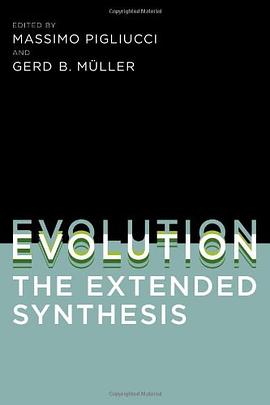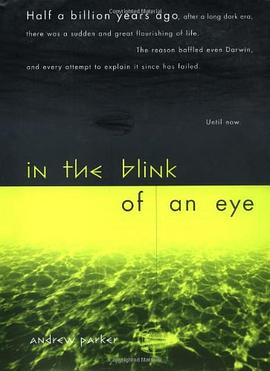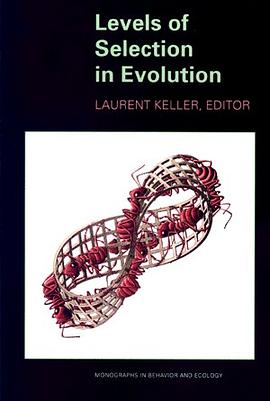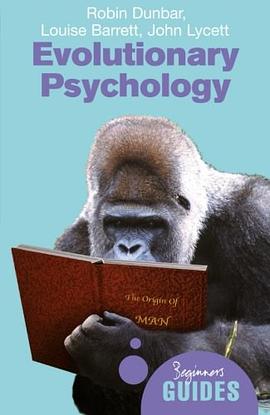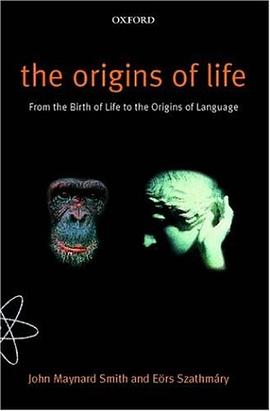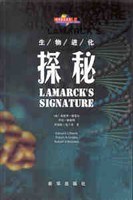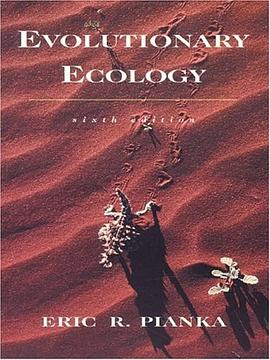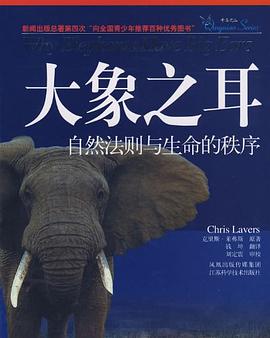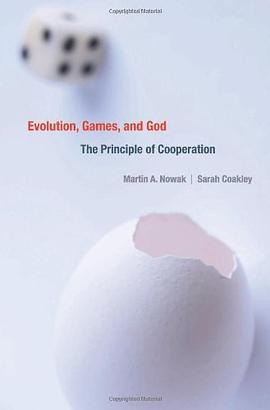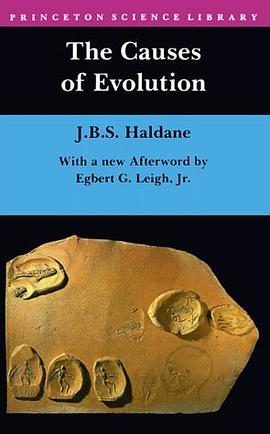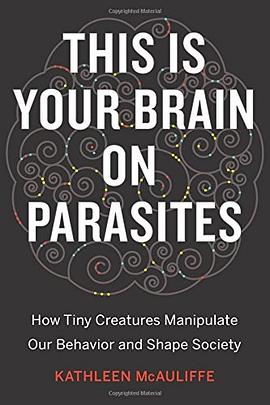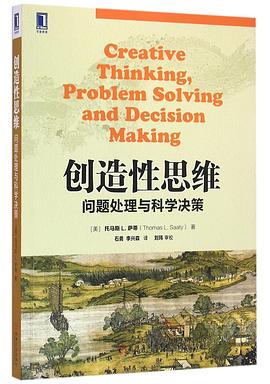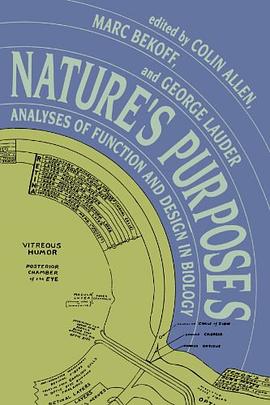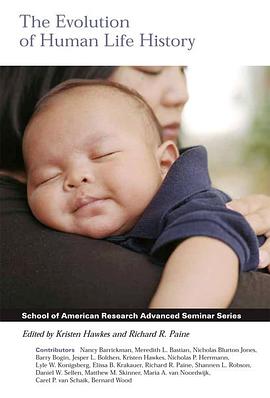

具体描述
Human beings may share 98 percent of their genetic makeup with their nonhuman primate cousins, but they have distinctive life histories. When and why did these uniquely human patterns evolve? To answer that question, this volume brings together specialists in hunter-gatherer behavioral ecology and demography, human growth, development, and nutrition, paleodemography, human paleontology, primatology, and the genomics of aging. The contributors identify and explain the peculiar features of human life histories, such as the rate and timing of processes that directly influence survival and reproduction. Drawing on new evidence from paleoanthropology, they question existing arguments that link humans’ extended childhood dependency and long “post-reproductive” lives to brain development, learning, and distinctively human social structures. The volume reviews alternative explanations for the distinctiveness of human life history and incorporates multiple lines of evidence in order to test them.
作者简介
目录信息
Richard R. Paine and Kristen Hawkes
2. The Derived Features of Human Life History
Shannen L. Robson, Carel P. van Schaik, and Kristen Hawkes
3. Life History Theory and Human Evolution: A Chronicle of Ideas and Findings
Kristen Hawkes
4. Slow Life Histories and Human Evolution
Kristen Hawkes
5. Primate Life Histories and the Role of Brains
Carel P. van Schaik, Nancy Barrickman, Meredith L. Bastian, Elissa B. Krakauer, and Maria A. van Noordwijk
6. Lactation, Complementary Feeding, and Human Life History
Daniel W. Sellen
7. Modern Human Life History: The Evolution of Human Childhood and Fertility
Barry Bogin
8. Contemporary Hunter-Gatherers and Human Life History Evolution
Nicholas Blurton Jones
9. The Osteological Evidence for Human Longevity in the Recent Past
Lyle W. Konigsberg and Nicholas P. Herrmann
10. Paleodemographic Data and Why Understanding Holocene Demography Is Essential to Understanding Human Life History Evolution in the Pleistocene
Richard R. Paine and Jesper L. Boldsen
11. The Evolution of Modern Human Life History: A Paleontological Perspective
Matthew M. Skinner and Bernard Wood
· · · · · · (收起)
读后感
评分
评分
评分
评分
用户评价
相关图书
本站所有内容均为互联网搜索引擎提供的公开搜索信息,本站不存储任何数据与内容,任何内容与数据均与本站无关,如有需要请联系相关搜索引擎包括但不限于百度,google,bing,sogou 等
© 2025 book.wenda123.org All Rights Reserved. 图书目录大全 版权所有


